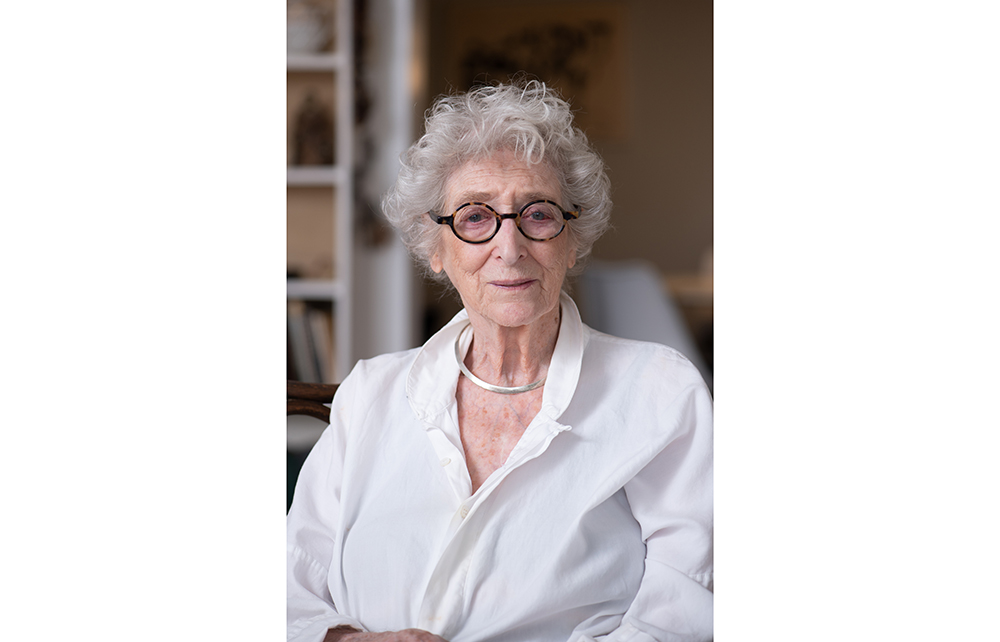Every family has its folklore. Apparently, as a five-year-old, I was on the floor playing when I looked up at my grandmother and told her matter-of-factly that she ‘was not the kind of granny I had been expecting’. I’m not quite sure what my foetal presumptions had been, but she is far from the hackneyed image society reserves for older women: no blankets or twee knitting for Norma. Sharp, glamorous, her face alive with mischief, she is a lady who lunches, a nonagenarian who shared stories, gossip and advice amid a riot of laughter.
She would be familiar with much of the gentle drama in this collection of Lore Segal’s stories, which revolves around five women in their nineties dining on a monthly basis together. But, unlike my granny’s lunches, Segal’s meals contain more namedrops than food, and often leave you wanting more.
Born in 1928 to a Viennese Jewish family, the author was evacuated to England on the first Kindertransport mission, aged ten, and bounced from home to home – an experience which informed her autobiographical first novel, Other People’s Houses. She was reunited with her mother, and ended up in New York, but her father died before the end of the war, interned on the Isle of Man as a German-speaking alien. Perhaps unsurprisingly, then, displacement and loss echo through Segal’s work.

Readers will recognise the structure of Ladies’ Lunch and Other Stories from Segal’s Pulitzer-finalist novel of inter-woven tales, Shakespeare’s Kitchen (2007). Here, five stories which appeared in the New Yorker between 2007-22 are presented, together with a host from other publications and six previously unpublished pieces. It makes for an uneven read.
‘Dandelion’ is a beautiful vignette, which opens like a flower as the narrator recalls a childhood hike with her father in the days before the second world war, and how she moved from bliss to embarrassment and, looking back, regret. The Holocaust squats in the background of many of these stories, and comes to the fore in ‘Making Good’, about a ‘bridge-building workshop’ that brings together Jews and ‘the children of the Hitler generation’ to ask (in a roundabout way): for what are we responsible, for what can we atone?
It is an example of Segal’s tendency to put a crowd of people into a small space, such as a room or a restaurant. The trouble is that while some characters are drawn deftly, others barely exist, save to muddy who is speaking or why. Take the collection’s opener, where the five ‘ladies’ are crammed in with a lot of others. We struggle to get a real sense of the relationship between the women. In the end, the story has more characters than pages.
But Segal’s best is very good, and comes when tracing the rhythms and bittersweet comedy of aging, of lives after loss. In the title story, Lotte, a once ‘witty friend’ whom the years have pickled into an abusive ‘angry old person’, is moved into a care home against her will. The tale unfolds as a heist to free her, but really it is a failed heist against old age. Lotte may effectively be a prisoner in Green Trees, but the rest are locked in their vulnerable lives, unable to drive, or to remember tasks, or rely on their bodies.
It is a spare, moving portrait in miniature, offering a glimpse of what we might expect ‘around the corner we can’t see around’. But as both my grandmother and Segal’s collection show, expectations aren’t always met.






Comments